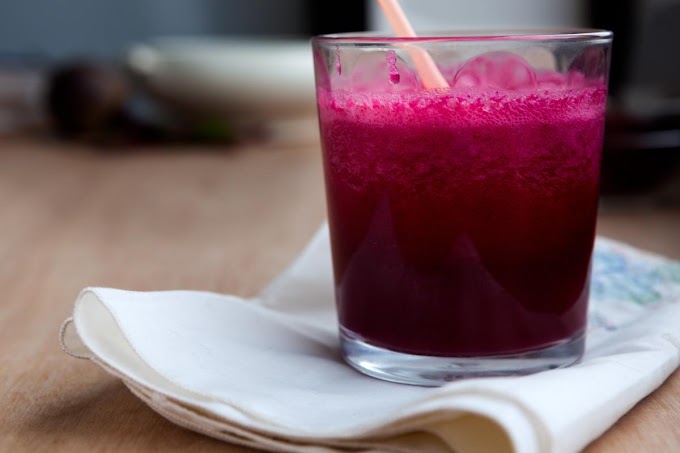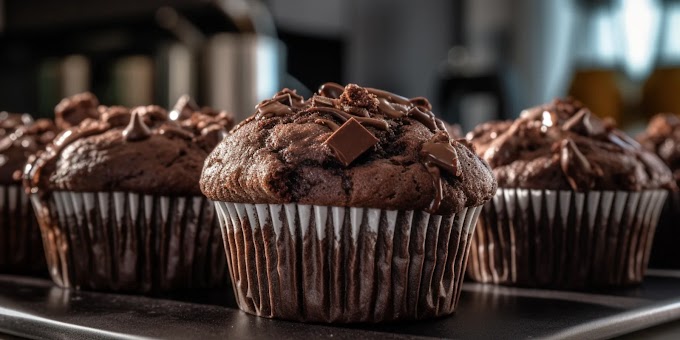1. Choose the Right Cut of Chicken
Before you begin frying, it's important to pick the best cut of chicken for the task. Different pieces of chicken vary in texture and moisture content, so selecting the right cut will help you get that ideal juicy and smooth texture.
Bone-in vs. Boneless:
Bone-in chicken, such as thighs, drumsticks, and wings, retains more moisture and flavor compared to boneless cuts. The bone helps distribute heat evenly and slow down the cooking process, giving you tender and juicy chicken. If you prefer faster cooking or are making chicken tenders, boneless chicken breasts or thighs can work, but the risk of overcooking and drying out the meat is higher.
Skin-on vs. Skinless:
Fried chicken with the skin on will naturally become crispier. The skin adds an extra layer of fat that turns into a crackly, golden crust. If you want extra crispness, go for skin-on chicken. However, if you want to avoid the extra fat, you can fry skinless chicken, but you’ll need to compensate with a thicker breading for crispiness.
2. Brine the Chicken for Extra Juiciness
One key to ensuring juicy fried chicken is brining. Brining involves soaking the chicken in a solution of water and salt, and sometimes sugar and spices, which helps the meat absorb moisture and flavor. A brine also helps break down the muscle fibers in the chicken, making it more tender.
Buttermilk Brine:
For a classic southern fried chicken, soaking the chicken in buttermilk is a tried-and-true method. Buttermilk not only adds flavor, but its slight acidity tenderizes the chicken, keeping it moist during the frying process. Let the chicken sit in the buttermilk for at least four hours or overnight for best results.
Saltwater Brine:
If you don’t have buttermilk, a simple saltwater brine (¼ cup of salt per quart of water) will also do wonders. Add herbs and spices like garlic, rosemary, or peppercorns to infuse the meat with more flavor. Brine the chicken for 2-4 hours to enhance its moisture and flavor.
3. Season the Chicken Generously
Seasoning is a critical step to make your fried chicken stand out. Whether you're using a dry rub or adding seasoning to your flour mixture, the goal is to flavor every layer of the chicken.
In the Brine:
If you’re using a brine, consider adding your favorite spices to the solution, such as paprika, cayenne pepper, garlic powder, or even a bit of sugar for sweetness.
In the Flour Dredge:
Your flour dredge should be just as flavorful as the chicken itself. Use a mixture of all-purpose flour and cornstarch for extra crispness, and add seasoning such as salt, pepper, garlic powder, onion powder, paprika, and cayenne pepper. For a smoother surface and more even coating, sift your flour and spices together.
On the Chicken Directly:
Don’t forget to season the chicken itself before breading it. A light dusting of salt and pepper over the meat will ensure that the flavor penetrates every bite.
4. Double Dredge for a Smooth, Crispy Coating
The key to getting fried chicken that’s smooth and crispy is to coat it properly. A double dredge method can give you that thick, even crust.
Step 1: Dry the Chicken
After brining, make sure to pat the chicken pieces dry with paper towels. This prevents excess moisture from creating soggy breading.
Step 2: The Wet Coating
Dip each piece of chicken into a wet coating before dredging it in flour. You can use an egg wash (whisked eggs with a splash of milk) or simply dip the chicken back into the buttermilk if you brined it with buttermilk. The wet coating helps the flour stick to the chicken evenly.
Step 3: The Dry Dredge
Next, coat the chicken in the seasoned flour mixture, making sure every surface is covered. For an extra-thick, smooth, and crispy coating, let the chicken rest on a wire rack for 5-10 minutes after dredging. This helps the flour adhere and form a better crust.
Optional Double Dredge:
For an even crispier chicken, dip the floured chicken back into the buttermilk (or egg wash) and then dredge it in flour again. This double coating creates an extra crunchy crust that stays smooth and even.
5. Fry at the Right Temperature
Getting the oil temperature right is crucial to achieving crispy, juicy fried chicken. If the oil is too hot,the exterior will burn before the chicken cooks through. If the oil is too cool, the chicken will absorb too much oil and become greasy.
The Perfect Temperature:
Heat your oil to between 325°F and 350°F (160°C and 175°C). A deep-frying thermometer will help you maintain the correct temperature. Fry the chicken in batches to avoid overcrowding, which can cause the oil temperature to drop.
Choosing the Right Oil:
Neutral oils with a high smoke point, such as peanut oil, vegetable oil, or canola oil, are best for frying chicken. These oils can withstand high heat without breaking down and won’t impart strong flavors to the chicken.
Frying Time:
Depending on the size of the chicken pieces, fry each side for 12-15 minutes, flipping halfway through. Use a meat thermometer to check for doneness—the internal temperature of the chicken should reach 165°F (74°C).
6. Let the Chicken Rest
After frying, place the chicken on a wire rack instead of a paper towel. While paper towels can absorb excess oil, they can also make the underside of the chicken soggy. A wire rack allows the air to circulate around the chicken, keeping it crispy. Let the chicken rest for about 5 minutes before serving, allowing the juices to redistribute within the meat.
7. Serve with Style
Once your fried chicken is golden brown, crispy, and juicy, it’s time to enjoy it. Serve it with classic sides like coleslaw, mashed potatoes, or biscuits for a southern-style meal. If you want something more contemporary, try pairing it with a spicy dipping sauce like sriracha mayo or a honey drizzle to enhance the flavor profile.
Troubleshooting: How to Avoid Common Mistakes
Soggy Chicken: This often happens if the oil temperature is too low or if you fry too many pieces at once. Keep the oil temperature steady and fry in batches.
Overcooked Chicken: Prevent overcooking by using a meat thermometer to check for the proper internal temperature. Remember, chicken is done at 165°F.
Burnt Crust, Raw Interior: If your chicken browns too quickly, reduce the oil temperature slightly. Cooking at the right temperature ensures that the chicken cooks through evenly.
With these steps, you can fry chicken that is not only crispy on the outside but also smooth and juicy on the inside. By brining the meat, using a flavorful coating, frying at the proper temperature, and letting the chicken rest after frying, you’ll be well on your way to making the perfect batch of fried chicken that everyone will love!








Social Plugin